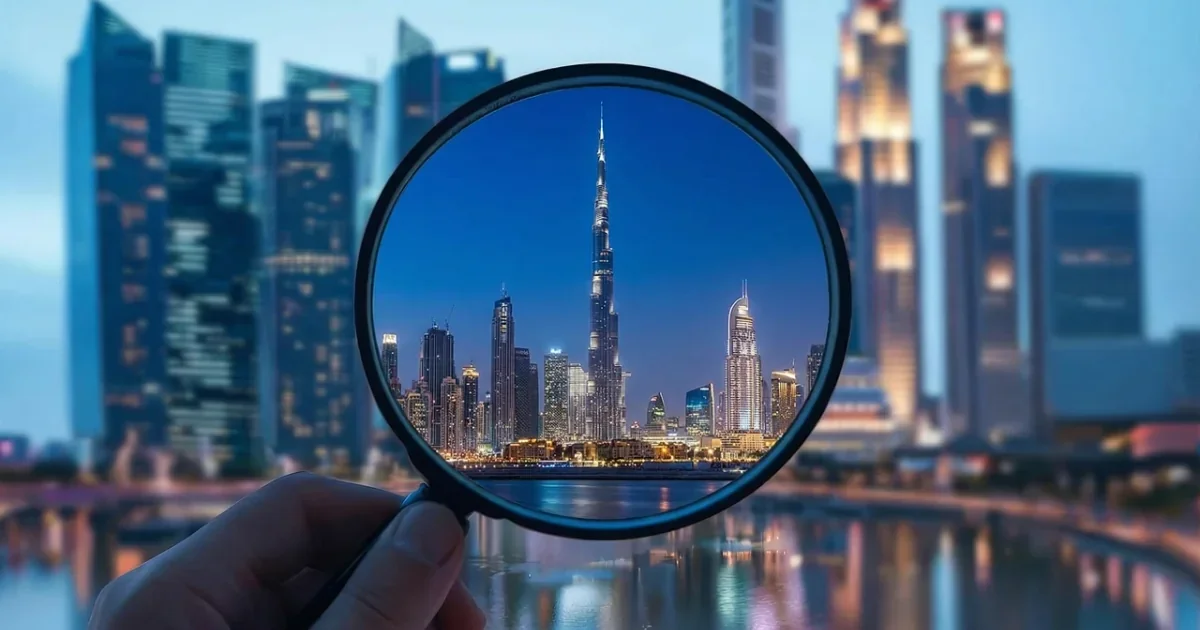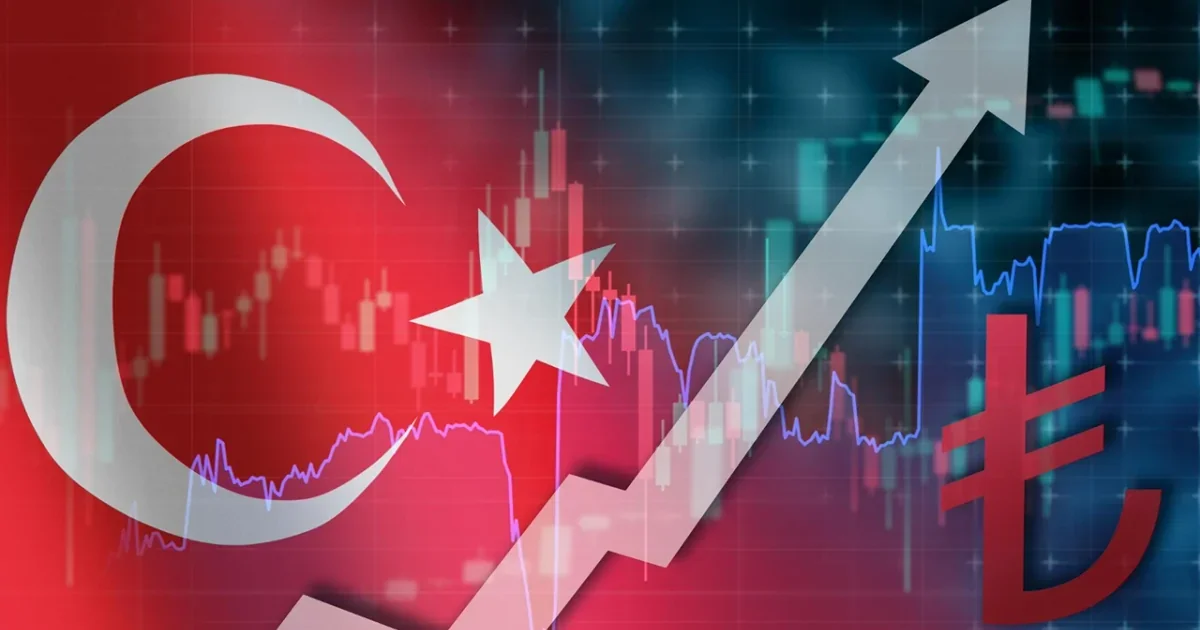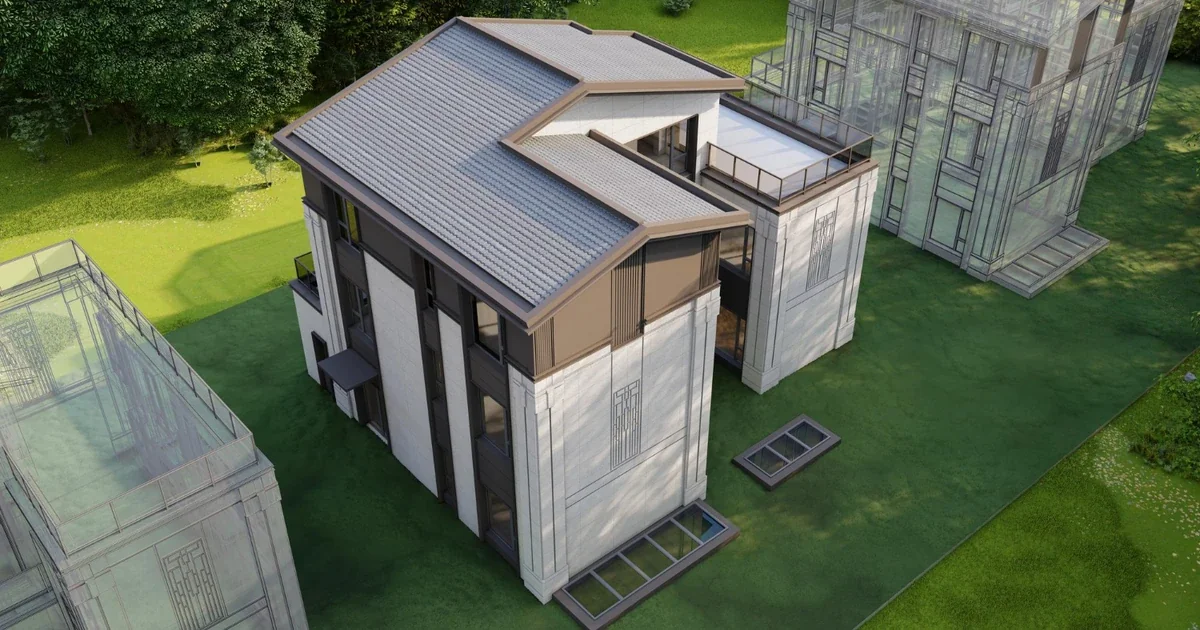How Smart Cities Will Shape Saudi Arabia’s Real Estate Market by 2030 and Their Impact on Investors
April 29, 2025
Saudi Arabia is witnessing a rapid urban and developmental renaissance under Vision 2030, with its smart cities becoming a central pillar for improving quality of life and diversifying the economy. The Vision’s plans include massive development projects currently valued at around $1.8 trillion, encompassing enormous infrastructure and economic undertakings such as NEOM, Qiddiya, and others. These efforts aim to transform Saudi cities into global hubs of innovation and technology, alongside growth in the real-estate sector and expanding investment opportunities. Amid this transformation, the criteria for property demand and price dynamics are shifting, requiring a deep understanding of how digitalization and smart planning affect the housing market.
The Concept of a “Smart City” and Its Key Components
A smart city is an urban environment that uses digital technologies to collect and analyze data to improve public services (e.g., electricity, water, transportation), increase efficiency, and reduce costs. It relies on the Internet of Things (IoT) to connect devices and infrastructure, gathering real-time data on everything from structural health to traffic flow, and on artificial intelligence (AI) to process vast amounts of data quickly and accurately—for example, in traffic management and surveillance. Underpinning smart cities are ultra-high-speed communications networks such as 5G, which enable instantaneous connections between sensors and applications, as well as smart energy grids that support renewable sources. Together, these elements enhance quality of life: smart lighting conserves energy, intelligent transportation apps reduce congestion, and data-driven health and education systems improve outcomes. In short, a smart city blends technological innovation with environmental sustainability to boost residents’ well-being and attract investment—a goal reinforced by Saudi strategy through substantial investment in digital infrastructure.
Major Smart-City Projects: NEOM, The Line, Qiddiya
One of the most prominent symbols of the smart-city transformation is the vast NEOM project on the Red Sea coast, with an estimated cost of $500 billion, designed as a new model for future cities. Within NEOM is The Line, a unique 170 km linear city with parallel walls and no roads for cars, planned to accommodate nearly 9 million people. The Line’s concept envisions car-free urban zones powered entirely by renewable energy.
The Qiddiya project lies west of Riyadh over some 334 sq km—about two-and-a-half times the size of Disneyland—and includes a Six Flags theme park (the largest in the Middle East), entertainment parks, and sports and cultural venues with a smart-city character. Qiddiya aims to revive Saudi Arabia’s entertainment sector: Saudis spend about $30 billion annually on entertainment abroad, and Qiddiya seeks to recapture part of that. The project is expected to contribute some SAR 17 billion per year to GDP and create around 52,000 jobs. In addition, Vision 2030 includes plans to convert Riyadh, Jeddah, Dammam, Mecca, and Medina into fully integrated smart cities. These and other projects generate enormous opportunities for real-estate investment in NEOM and the Vision 2030 urban developments.
Impact of Digital Transformation on Property Prices in Smart Cities
Digital transformation is expected to boost the attractiveness of smart cities and help raise property values there, since advanced infrastructure (IoT, AI, e-services) improves urban services and lowers living costs, strengthening demand for residential and commercial real estate. For example, a recent Knight Frank report forecasts that buyer spending in the Saudi residential market will reach $1.22 billion in 2025, with citizens and residents investing about $733 million in mega-city projects like NEOM. Digital applications also enable better property economics: smart lighting systems and connected power grids reduce energy consumption and building operating costs. Overall, technical integration in new cities supports medium-term price growth by attracting residents and investors seeking a more sustainable, intelligent living environment.
Investment Opportunities for Nationals and Foreigners in the Smart-City Market
Smart-city projects offer broad investment opportunities for both Saudi nationals and foreign investors. At the governmental level, Saudi Arabia promotes these opportunities at international exhibitions: under its “Invest in Saudi” initiative at MIPIM 2024—attended by 25,000 visitors and 6,500 investors from 90 countries—it showcased real-estate investment prospects in NEOM, Diriyah, Al-Murabba‘ and more. The “Invest in Saudi” online platform lists over 1,500 ready-to-go investment opportunities across infrastructure, tourism, real estate, and technology sectors.
The value of development projects under construction has exceeded $1.8 trillion, and real estate accounts for about 12.2 percent of non-oil GDP, underscoring the market’s vast scale. In NEOM, project leaders have announced private-sector investment windows for infrastructure and real estate development, allowing partnerships across all sectors, including property.
Thanks to government incentives such as the Golden Residency “investment visa” and legal and regulatory reforms, Saudi Arabia has become more attractive to foreign real-estate investors, whether in major mega-projects or local housing markets.
Legislative and Technical Challenges and How to Address Them
Despite the opportunities, significant challenges must be addressed to ensure smart cities successfully enhance the real-estate market. Legally, Saudi Arabia recently amended regulations to allow non-Saudis to own and invest in property in special economic zones (including Mecca and Medina) to boost market competitiveness and investment appeal. However, analysts note that regulatory frameworks for property sales, purchases, and leasing require comprehensive updates to provide stronger guarantees for both local and international investors. Technically, building smart cities demands massive digital infrastructure deployment (fiber-optic networks, 5G, data centers, cybersecurity systems, renewable energy sources), which is costly and complex. Rising costs and price fluctuations have led to rescheduling or resizing some mega-project components—for instance, The Line’s scale in NEOM was revised due to increased project costs. Gaps such as a shortage of skilled personnel to manage smart systems and challenges in protecting personal data also pose technical obstacles. Although a Data Protection Law was enacted in 2021, its practical implementation remains in early stages. Overcoming these hurdles requires public-private collaboration to establish modern regulatory frameworks supporting property ownership and investment, alongside investing in technical infrastructure and training local talent to ensure sustainable digital integration.
Conclusion and Recommendations for Decision-Makers and Investors
In summary, embedding the smart-city concept within Vision 2030 represents a strategic turning point for Saudi Arabia’s real-estate market. Mega-projects like NEOM and Qiddiya are reshaping the investment landscape and attracting growing local and international demand. Nonetheless, legal and technical challenges must not be overlooked to fully capitalize on these opportunities. Analyses recommend developing regulatory frameworks for real-estate investment that align with global standards, ensuring greater transparency and flexibility in land-ownership and registration processes. It is also essential to bolster digital infrastructure—IoT, 5G networks, data centers, and cybersecurity—to support smart-city growth. Government incentives such as financing and tax relief, and housing programs like “Sakani,” further encourage investors and citizens to participate in these projects.
Key recommendations from investment experts and international funds include:
- For decision-makers: Accelerate real-estate regulatory reforms to facilitate foreign ownership and investment, and coordinate environmental and engineering policies to ensure city sustainability.
- For investors: Target technology and real-estate sectors in NEOM, Qiddiya, and other smart-city developments, leveraging government initiatives like “Invest in Saudi” and Golden Residency incentives.
- For citizens: Focus on long-term real-estate investments in new cities and participate in government-backed housing finance programs.
By implementing these recommendations, the Kingdom can harness the immense potential of smart cities to strengthen its economy and sustainably grow its real-estate market.
Frequently Asked Questions
What are smart cities in Saudi Arabia?
Smart cities are urban areas that leverage advanced technology to improve services and infrastructure. Examples of existing smart cities in Saudi Arabia include Riyadh, Jeddah, Dammam, Medina, and Mecca, which were listed in the IMD World Smart City Index 2023; fully new projects such as NEOM, The Line, and Qiddiya are also managed using IoT and renewable energy to ensure sustainability and a higher quality of life.
What impact has NEOM had on the real-estate market?
The NEOM project has generated significant interest in the Saudi real-estate market. A recent Knight Frank report forecasted that Saudi residential buyers will spend $1.22 billion in 2025, with NEOM being the most attractive destination for property investors, indicating that demand for real estate in NEOM locations will continue to rise. In short, NEOM boosts property demand and creates major investment opportunities for local and international developers.
Are there investment opportunities in smart cities?
Yes, there are extensive investment opportunities in Saudi smart cities. The government regularly announces new opportunities; for instance, hundreds of projects in the Saudi pavilions at MIPIM 2024 in France covered real estate in NEOM, Qiddiya, and Diriyah. The “Invest in Saudi” platform has also launched thousands of ready-to-go investment opportunities (around 1,500) in infrastructure, real-estate development, and technology. Thanks to these mega-projects, demand for housing, hotels, and business facilities in smart cities will grow, offering attractive returns for both local and foreign investors.
Read also: The difference between real-estate investment in the UAE and Saudi Arabia
Sources:
Reuters – Saudi residential real estate to attract $1.22 billion this year
Keywords
What is your budget?
Recommended Articles

December 15, 2025
How to Choose the Right Property in the UAE? 2026 Investor Guide
How to choose the right property in the UAE for 2026. A comprehensive guide covering best areas, ROI calculation, and off-plan buying risks.

November 13, 2025
Turkey’s 2025 Economic Program: How Will It Affect Inflation, the Lira, and the Real Estate Market?
The new Turkish economic program: what it means for investors and how it will impact inflation, the lira, and real-estate investment opportunities in Turkey.

July 8, 2025
Modular vs. Traditional Construction: Speed, Cost, and Durability
A comparison of modular and traditional construction in terms of execution speed, project costs, and durability—essential insights for real‑estate investors.
